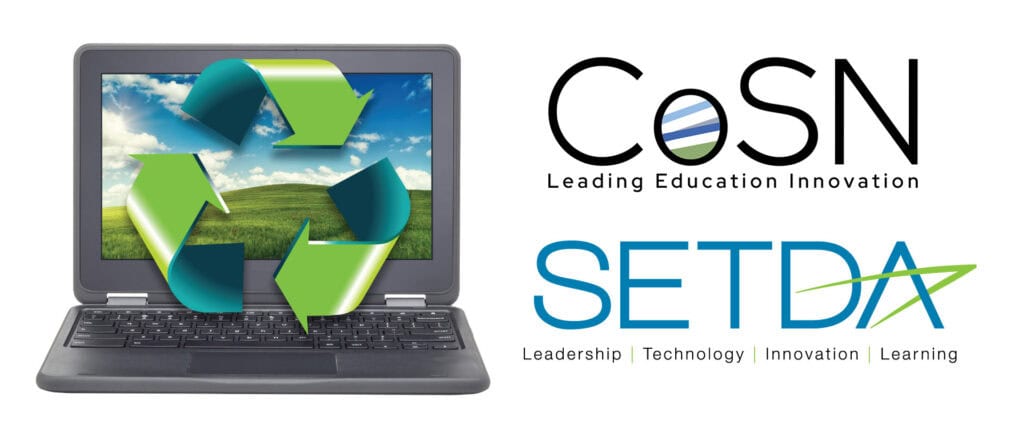Sustainable procurement is not only good for the environment, it is also a smart financial strategy for school districts. As K–12 education technology spending continues to grow, reaching over $30 billion in 2024 and projected to nearly double by 2033, schools have an opportunity to make smart purchasing decisions that reduce long-term costs and maximize the value of their technology investments. If hardware continues to represent one-third of technology spending, districts could be spending nearly $20 billion on devices alone by the end of the decade.
By adopting sustainable practices, schools can reduce utility costs, cut down on repair and replacement expenses, and increase the long-term value of their investments. These decisions can also create healthier learning environments and demonstrate responsible leadership to students, families, and the broader community. Although specific data on the carbon footprint of K–12 schools is limited, comparisons to higher education institutions help illustrate the potential impact. Colleges and universities account for roughly 2% of total U.S. emissions, with nearly 70% of those emissions coming from indirect sources such as electricity use, procurement, and transportation. Since K–12 schools share many of the same operational needs, their procurement choices significantly affect both environmental outcomes and spending.
This resource provides practical strategies to help schools make purchasing decisions that support both financial and environmental goals. By planning ahead and applying sustainable principles, districts can reduce long-term costs while supporting a cleaner and more efficient future.
Download Now ->->->




